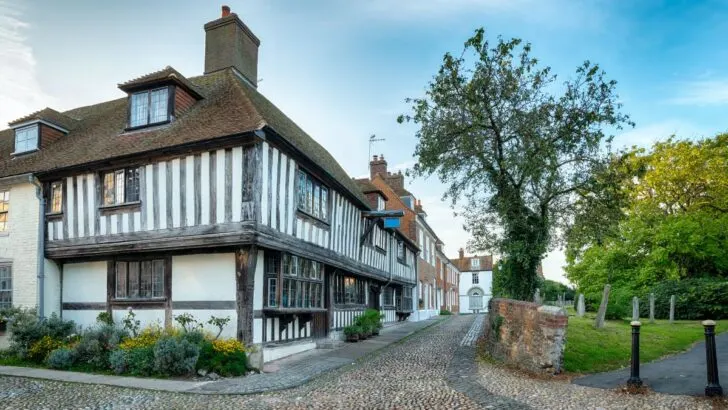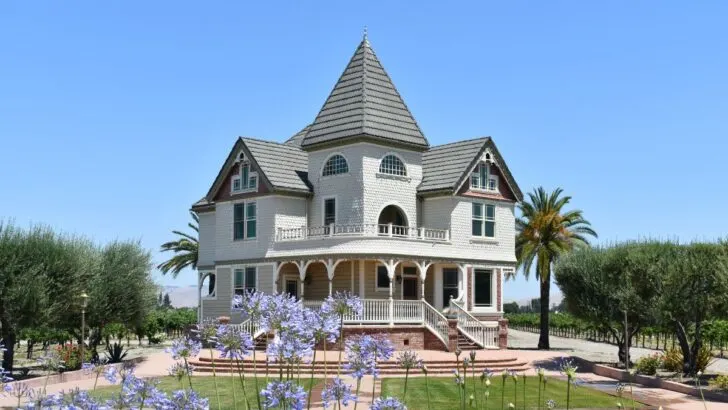When it comes to choosing a home, there are many different styles to consider. Two popular styles are colonial and traditional homes. While they may share some similarities, there are also distinct differences that set them apart!
Colonial homes are often characterized by their symmetrical design, with a centered front door and evenly spaced windows on either side. They typically have two or three stories and a steeply pitched roof. Traditional homes, on the other hand, can encompass a wide range of styles, from Victorian to Craftsman to ranch. They may have a more asymmetrical design and a variety of roof styles.
One of the main differences between colonial and traditional homes is their history and origin. Colonial homes have their roots in the 13 original colonies of the United States and were built between the 1600s and 1800s.
Traditional homes, on the other hand, can be found in a variety of regions and were built in different time periods, depending on the specific style.
Ready to start decorating your colonial-style home? Our Ultimate Guide has tips and inspiration to get you started.
Colonial Homes
History
Colonial homes were first built in the late 1600s by European settlers in America. These homes were designed to resemble the architecture of their home countries, such as England, France, and Spain.
As a result, colonial homes vary in style depending on the country of origin.
However, all colonial homes share certain characteristics, such as symmetrical facades and steep roofs!
Architecture
Colonial homes are typically two-story houses with rectangular or square shapes. They often feature a central front door with evenly spaced windows on either side.
The front of the house is usually symmetrical, with identical windows and shutters on either side of the door. The roof is steeply pitched and may have dormer windows.
Colonial homes may also have a chimney on either end of the house.
Features
Colonial homes often have a central hallway that runs from the front door to the back of the house. The first floor usually includes a formal living room, dining room, and kitchen, while the bedrooms are located on the second floor.
Colonial homes may also have a basement or an attic for additional storage space. The interior of a colonial home is typically decorated with traditional furnishings and features, such as wood paneling, crown molding, and fireplaces.
Overall, colonial homes are known for their classic and timeless design. They are often associated with American history and are a popular choice for homeowners who want a traditional and elegant home.
Traditional Homes
History
Traditional homes have a rich history dating back centuries. They were typically built using local materials and construction methods that were popular in the region.
In the United States, traditional homes were often built in the colonial era, and many still stand today.
Architecture
Traditional homes are known for their classic architectural features, such as pitched roofs, dormer windows, and symmetrical facades.
They often have a formal layout, with rooms arranged in a predictable pattern around a central hallway or stairway.
Some popular styles of traditional homes include:
- Cape Cod
- Colonial (yes, that’s right!)
- Tudor
- Victorian
Features
Traditional homes are characterized by their attention to detail and quality craftsmanship. They often feature hardwood floors, crown molding, and built-in cabinetry.
Traditional homes also tend to have larger yards and outdoor spaces, perfect for entertaining or enjoying the natural surroundings.
Other common features of traditional homes include:
| High ceilings | Fireplaces |
| Formal dining rooms | Front porches |
| Bay windows | Wainscoting |

Key Differences Between Colonial and Traditional Homes
1. Exterior Design
Colonial homes have a distinct appearance that makes them easily recognizable. They usually have a symmetrical design with a centered front door and evenly spaced windows on either side.
They may also have shutters and columns, adding to their classic look. Traditional homes, on the other hand, can vary in appearance, but they tend to have a more relaxed, less formal design.
They may have a mix of architectural styles, such as Victorian or Craftsman, and often feature asymmetrical designs.
2. Interior Design
The interior design of colonial homes typically features formal spaces, such as a grand foyer, formal living and dining rooms, and a large staircase.
The rooms are often separated by doors and hallways, creating a sense of privacy and formality. Traditional homes tend to have a more open floor plan, with fewer formal spaces and more casual living areas, such as a family room or den.
The rooms may flow into one another, creating a more relaxed and comfortable atmosphere.
3. Geography
Colonial homes are often found in the northeastern part of the United States, where they were originally built during the colonial period. They may also be found in other parts of the country, but they are less common.
Traditional homes can be found throughout the United States, and their design often reflects the architectural style of the region.
For example, a traditional home in the South may have a plantation-style design, while a traditional home in the Southwest may have a Spanish or adobe-style design.
In summary, colonial homes have a more formal and symmetrical exterior design, and a formal interior layout, and are typically found in the northeastern part of the United States.
Traditional homes have a more relaxed exterior design, and a more open interior layout, and can be found throughout the United States with varying architectural styles.
Conclusion on Colonial vs Traditional Home
In conclusion, both colonial and traditional homes have unique features and characteristics that make them appealing to homeowners.
While colonial homes are known for their symmetrical design and historical significance, traditional homes tend to be more diverse in style and often incorporate elements from different architectural styles.
Ultimately, the choice between a colonial or traditional home comes down to personal preference and individual needs, whether it be for a timeless aesthetic or a more eclectic design.
If you found this article helpful, make sure to take a look at my other articles on Colonial homes linked below!


